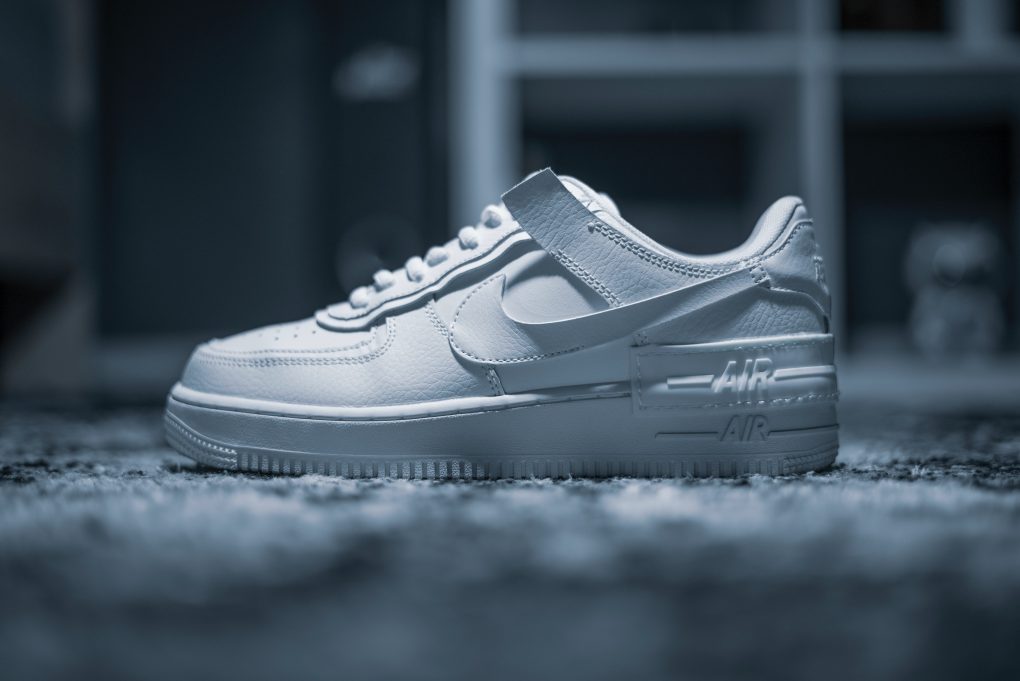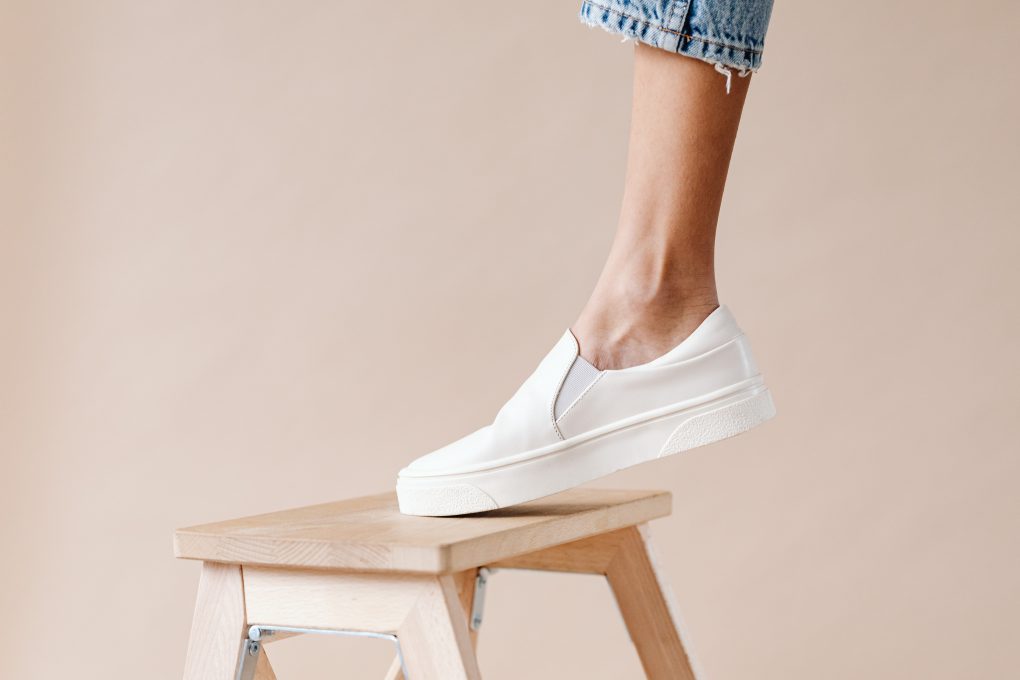How Much Wider Is a Wide Width Shoe: What You Need to Know About Shoe Width
According to OrthoFeet, a wide-width shoe is ¼” more comprehensive and is a perfect way to add a touch of extra comfort and style to your wardrobe. They come in various styles and colors, so you can find one that perfectly fits your lifestyle and personality. Wide-width shoes are designed for people who have trouble fitting into other types of shoes or who have wide feet.
Quick Guide on How Width Is Measured
B width
When it comes to shoe width, the standard is always best. That’s because shoes that are wider than the standard B width often cause discomfort and foot problems down the line. Furthermore, a wide shoe size can also be challenging to fit into various wardrobes – meaning that you may need help finding anything to wear!


If you have feet of broader width (C width or wider), don’t fret! Plenty of shoes are available in different brands and styles that will fit your feet. So make sure you know your B width before shopping for footwear online or in physical stores.
D width
Regarding shoe size, width is measured in inches and written as “D” width. Most shoes are designed to fit a wearer with a D width. If you wear a shoe that is wider than your D width, the shoe will feel tight and uncomfortable. You can find your foot’s width by measuring your feet at the ankle bone with a ruler or tape measure.
A D-width shoe measurement is a standard width size that is considered to be an average or medium width. A D-width shoe is typically more expansive than a B-width shoe but narrower than an E-width shoe. The width of a shoe is measured across the bottom of the inside of the shoe at the widest point.
E width
E width is the most common, referring to how wide a shoe is measured in European Union units. Typically, shoes with an e-width of 38-46 are recommended for people with medium or wide feet, while shoes with an e-width of 40-43 fit people with tiny feet best.
When buying shoes online, measure your feet as accurately as possible and choose a comfortable pair. Even if you have to go a size down (due to wider feet), remember to buy only short shoes – they might be uncomfortable and challenging to adjust. A wider shoe will also last longer than a narrower one because there’s more room in the toe box area.
Lastly, consult with your podiatrist before making footwear purchases – they can tell you which shoe fits your foot best and help you find the right pair at the right price!
EE width
The width of the shoe is measured in European shoes by the EE width. This measures the width of the shoe from side to side, not from front to back like US shoes are measured. Most regular shoes are between EU size 41 and 45, which falls into the EE width range. If you have wide feet or a wide foot length, it is best to get your feet fitted for a wider shoe instead of buying an oversized one.
Types of Feet
Wide


If you have wide feet, it is important to find shoes that fit correctly to avoid discomfort and foot problems. Wide-width shoes are perfect for people with wide feet. If you have wide feet, it is important to find shoes that fit correctly to avoid discomfort and foot problems.
Such shoes come in different shapes and sizes, so there is one that will fit your feet perfectly. You can wear them any time of the day or year, making them a great addition to any outfit. Although wide-width shoes are unsuitable for those with narrow feet, you can still find other options that suit your needs better.
Narrow
If you have wide feet, it is best to avoid anything with a narrow width as it may not fit well. Shoes are made to accommodate these feet because they were designed this way by nature. Most of the time, shoes will be made wider or narrower based on the width of your foot – but there are some exceptions.
If you find something that fits your feet well and needs help to customize it, chances are high that it’s not meant for wide feet.
Causes of Wide Feet
Genetics
Wide feet are often inherited and are determined mainly by genetics. There is nothing you can do to change them, so accept them and move on. The best way to deal with wide feet is by wearing shoes that fit well and support your feet properly. Shoes with adjustable features, such as laces or straps, can provide a more customized fit. If you still experience problems after trying different shoes, consult a specialist for help.
Age
In some cases, wide feet may develop as a person ages. This can be due to various factors, including changes in the shape and size of the feet, changes in the musculoskeletal system, or the development of medical conditions such as arthritis or diabetes.
You can do a few things to deal with wide feet – orthotics, arch supports, and wearing narrow shoes. Wide-width shoes tend to fit better on people whose feet are more prominent than average, as they offer more space in the toe area.
Poorly Fitting Footwear
There are a lot of people who suffer from poorly fitting footwear. This is due to shoes that are either too wide or not fitted properly, which can cause your feet to swell and become uncomfortable. In addition, shoes that aren’t fit can also lead to pain in the feet and even deformity.
If you have trouble finding well-fitting footwear, consider using inserts or insoles to make them more comfortable. You can also visit specialist shoe stores that tailor widths specifically. If you still need help solving your issue, you can get custom-made shoes from a shoe fitter.[/vc_column][/vc_row]
Foot Deformities


Wide-width shoes are not only uncomfortable, but they can also cause foot deformities. The pressure exerted on the feet when wearing such a shoe can lead to bunions, hammertoes, and other foot problems. Therefore, you should avoid buying wide-width shoes with narrow feet, as it will only worsen the situation.
Instead, try to find shoes in your regular width or go for a larger half-size. If none work, consider going for a narrower-width shoe instead of a wider one.
Pregnancy
Wide feet are a common problem during pregnancy. The extra weight put on your feet can lead to wide feet, and so can the width of your foot bone(s). You may also have wide feet if you’re overweight, have a high arch, or are flat-footed.
Various treatments are available to help treat wide feet – including orthotic insoles and surgery. If you’re suffering from wide feet and don’t feel comfortable wearing shoes or need additional support in footwear, speak with your doctor about treatment options that would be best for you.